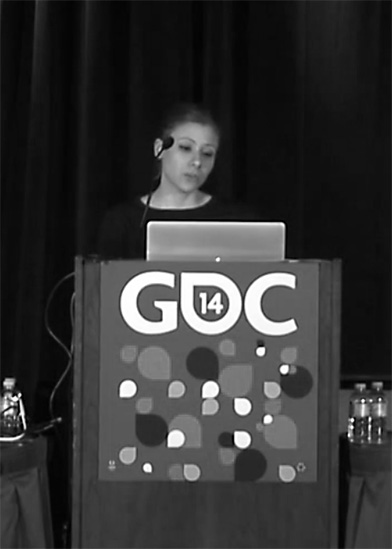I used to rely a lot on the MFnTransform class solely to match the transformation of one object to another and it has worked great for me (until recently).
In my own rigging system and the ones I built for my employers I never freeze transformations. I usually create an offset/buffer group and never mess with the object's pivot. I also never have multiple rotation offsets on top of my nodes (which actually complicate the process of matching transformations of one object to another with the MfnTransform like explained below)
However, now that I am dealing with all kind of rigs from different sources I can't force my aesthetic on them and instead I have to find a way that can work around all kind of the above issues to be able to wrap them to my rigging system.
The translation methods of the MFnTransform work great in all cases, especially that you can get the rotatePivot point in worldspace directly which is beneficial if you are dealing with objects that have frozen transformations. However, it is very prone to fail with objects that have -1 scale or with frozen transformation. That is when I realised I will have to rely more on MTransformationMatrix to decompose my target node matrix to guarantee the correct rotation values that I need to apply to my object to match.
Here is the code (With Maya API 2) I use to match transformations now and tested with every case and so far worked great. I will also comment out the previous methods I used to match the rotations with the MFnTransform class and when did they fail for me in case anyone is interested in testing for themselves.
import maya.api.OpenMaya as OpenMaya
def getMDagPath(node):
selList=OpenMaya.MSelectionList()
selList.add(node)
return selList.getDagPath(0)
def getMObject(node):
selList=OpenMaya.MSelectionList()
selList.add(node)
return selList.getDependNode(0)
def matchTranformation(targetNode, followerNode, translation=True, rotation=True):
followerMTransform=OpenMaya.MFnTransform(getMDagPath(followerNode))
targetMTransform=OpenMaya.MFnTransform(getMDagPath(targetNode))
targetMTMatrix=OpenMaya.MTransformationMatrix(OpenMaya.MMatrix(cmds.xform(targetNode, matrix=True, ws=1, q=True)))
if translation:
targetRotatePivot=OpenMaya.MVector(targetMTransform.rotatePivot(OpenMaya.MSpace.kWorld))
followerMTransform.setTranslation(targetRotatePivot,OpenMaya.MSpace.kWorld)
if rotation:
#using the target matrix decomposition
#Worked on all cases tested
followerMTransform.setRotation(targetMTMatrix.rotation(True),OpenMaya.MSpace.kWorld)
#Using the MFnTransform quaternion rotation in world space
#Doesn't work when there is a -1 scale on the object itself
#Doesn't work when the object has frozen transformations and there is a -1 scale on a parent group.
#followerMTransform.setRotation(MFntMainNode.rotation(OpenMaya.MSpace.kWorld, asQuaternion=True),OpenMaya.MSpace.kWorld)So as you can see in the code, I still use the MFnTransform to match the translation of my object to the target's rotate pivot. Then I use the MTransformationMatrix to decompose the world Matrix of the target node so I can get the correct rotation no matter what rotation order, negative scale and whatever offsets in the target's hierarchy.
PS:Using Maya API doesn't support UNDO. If you want to be able to undo the snapping consider using the API to decompose and store information and use the maya.cmds xform command to move the object instead.





